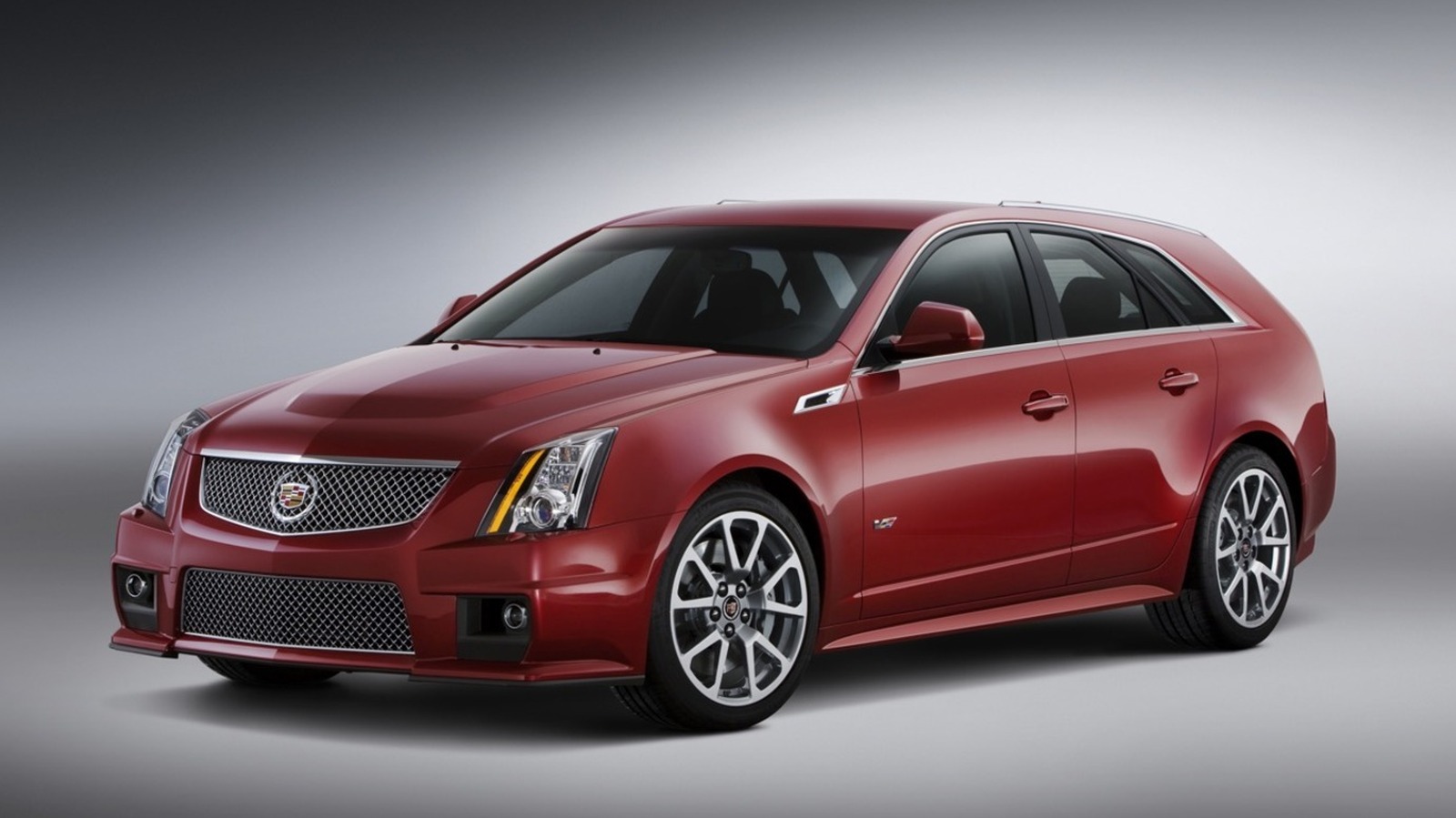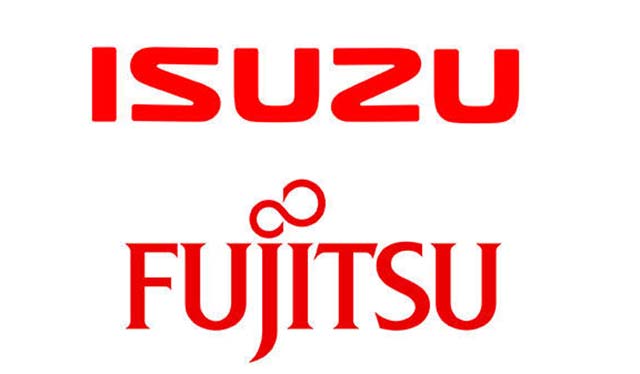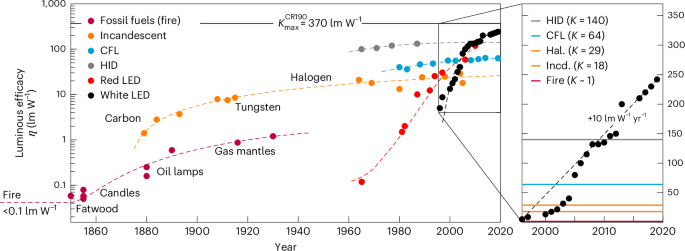What is needed for imported wine to take a larger share of China’s market and become a “go to” drink for the next generation of consumers? db Asia asks the expert.
where do imported wines fit into the Chinese beverage alcohol market? This is the million dollar question for international drinks firms trying to crack China, and one which Ian Ford, founding partner of market and brand building agency
Nimbility, has been pondering.
Beer and baijiu are China’s big hitters. These massive categories dwarf imported wine in both value and volume terms.
“Baijiu and beer are deeply embedded in China’s local dining and drinking culture,” says Ford, and for many reasons. “Both categories are entirely or almost entirely domestically produced; both have virtually 100% coverage in terms of trade distribution across the board and therefore accessibility to consumers; both offer consumers very affordable versions of the drink,” he explains.
International wine brands therefore have to work that much harder to gain even a small percentage of China’s beverage market. But the way to do it is to tap into the on-trade. “The key for imported wine to unlock the broader beverage alcohol market in China is to access dining occasions in all forms, and in particular in traditional Chinese restaurants,” he says.
Via food pairings, wine brands can start to compete with beer and baijiu.
There are already positive signs of improvement. In 2024 China imported 18.4 million 9L cases of wine at an average price per case of US$78.09, according to the General Customs Administration of China. This is up from the 2023 number of 16.9m cases at a much lower average price of US$59.25 per case.
Import statistics for 2024 include a surge in Australian wine reentering China after a period of sanctions. Ford says there may have been some “opportunistic loading” from big labels, accounting somewhat for the higher import numbers. However, shipments should “largely reflect market demand” despite the surge, as “most wine importers are hyper conservative these days and reluctant to get loaded with new inventory they don’t need”.
Consumer preferences are changing too. “I frequently ask different people in the market in China if they think that the next generation of Chinese consumers, 25- to 35-year-olds today, will drink a similar proportion of baijiu and beer. The answer is universally ‘no’,” Ford says.
He argues that improvements to domestic wine production are to thank for the shift in consumer preferences. “A positive factor in wine’s long term development is coming from Chinese winemakers,” Ford says, arguing that wineries and winemakers from China making quality wines and telling interesting stories will “play a big role in the next generation of wine culture”.
Innovative activity by winemakers at home “will attract a new cohort of next generation China consumers to the wonders of wine”, Ford says. And he’s not worried about competition between domestic and international producers. Instead, he believes Chinese winemakers will become the “ideal ambassadors” for the category as a whole, much like US winemakers have become for their consumers at home: “America produces a huge amount of wine and imports a huge amount of wine. I see China going in that same direction.”






























































































































































